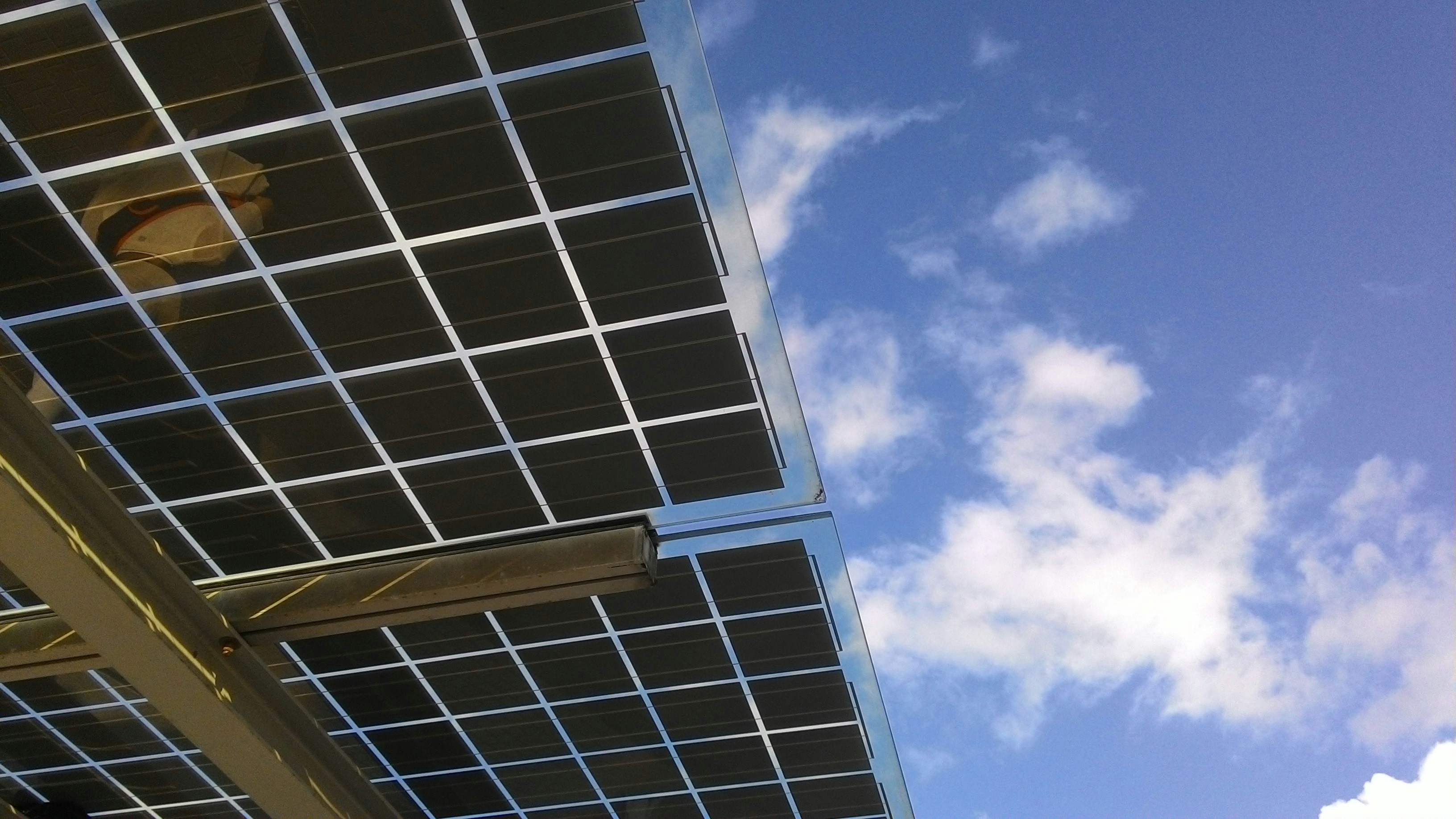
Feb 6, 2024
The Environmental Impact of Wind Energy: A Closer Look
As concerns about climate change and environmental sustainability grow, the need for clean, renewable energy sources has never been more critical. Wind energy, harnessed through turbines, is one of the most environmentally friendly energy solutions available. In this blog post, we’ll take a closer look at the environmental impact of wind energy and how it contributes to a sustainable future.
1. Reducing Greenhouse Gas Emissions
Wind energy generates electricity without burning fossil fuels, significantly reducing greenhouse gas emissions. By replacing traditional energy sources with wind power, we can decrease the amount of carbon dioxide and other harmful pollutants released into the atmosphere.
2. Conserving Water Resources
Unlike conventional power plants that require vast amounts of water for cooling, wind turbines use no water in the energy generation process. This conservation of water resources is crucial in areas facing water scarcity and helps protect aquatic ecosystems.
3. Preserving Natural Habitats
Wind energy projects, when properly planned, have a minimal impact on natural habitats. Turbines can be installed on agricultural land without disrupting farming activities, allowing for the dual use of land. Additionally, advancements in turbine technology have minimized the risk to wildlife, such as birds and bats.
4. Reducing Dependence on Fossil Fuels
By increasing the share of wind energy in the overall energy mix, we can reduce our dependence on fossil fuels. This not only decreases environmental pollution but also enhances energy security and reduces the economic volatility associated with fossil fuel markets.
5. Promoting Sustainable Development
Wind energy projects create jobs, stimulate local economies, and promote sustainable development. From manufacturing and installation to maintenance and monitoring, the wind energy sector provides numerous employment opportunities, contributing to economic growth and stability.
Wind energy is a key component of the global transition to a sustainable and low-carbon future. By reducing greenhouse gas emissions, conserving water resources, preserving natural habitats, and promoting sustainable development, wind energy offers significant environmental benefits that contribute to the health and well-being of our planet.
As concerns about climate change and environmental sustainability grow, the need for clean, renewable energy sources has never been more critical. Wind energy, harnessed through turbines, is one of the most environmentally friendly energy solutions available. In this blog post, we’ll take a closer look at the environmental impact of wind energy and how it contributes to a sustainable future.
1. Reducing Greenhouse Gas Emissions
Wind energy generates electricity without burning fossil fuels, significantly reducing greenhouse gas emissions. By replacing traditional energy sources with wind power, we can decrease the amount of carbon dioxide and other harmful pollutants released into the atmosphere.
2. Conserving Water Resources
Unlike conventional power plants that require vast amounts of water for cooling, wind turbines use no water in the energy generation process. This conservation of water resources is crucial in areas facing water scarcity and helps protect aquatic ecosystems.
3. Preserving Natural Habitats
Wind energy projects, when properly planned, have a minimal impact on natural habitats. Turbines can be installed on agricultural land without disrupting farming activities, allowing for the dual use of land. Additionally, advancements in turbine technology have minimized the risk to wildlife, such as birds and bats.
4. Reducing Dependence on Fossil Fuels
By increasing the share of wind energy in the overall energy mix, we can reduce our dependence on fossil fuels. This not only decreases environmental pollution but also enhances energy security and reduces the economic volatility associated with fossil fuel markets.
5. Promoting Sustainable Development
Wind energy projects create jobs, stimulate local economies, and promote sustainable development. From manufacturing and installation to maintenance and monitoring, the wind energy sector provides numerous employment opportunities, contributing to economic growth and stability.
Wind energy is a key component of the global transition to a sustainable and low-carbon future. By reducing greenhouse gas emissions, conserving water resources, preserving natural habitats, and promoting sustainable development, wind energy offers significant environmental benefits that contribute to the health and well-being of our planet.
As concerns about climate change and environmental sustainability grow, the need for clean, renewable energy sources has never been more critical. Wind energy, harnessed through turbines, is one of the most environmentally friendly energy solutions available. In this blog post, we’ll take a closer look at the environmental impact of wind energy and how it contributes to a sustainable future.
1. Reducing Greenhouse Gas Emissions
Wind energy generates electricity without burning fossil fuels, significantly reducing greenhouse gas emissions. By replacing traditional energy sources with wind power, we can decrease the amount of carbon dioxide and other harmful pollutants released into the atmosphere.
2. Conserving Water Resources
Unlike conventional power plants that require vast amounts of water for cooling, wind turbines use no water in the energy generation process. This conservation of water resources is crucial in areas facing water scarcity and helps protect aquatic ecosystems.
3. Preserving Natural Habitats
Wind energy projects, when properly planned, have a minimal impact on natural habitats. Turbines can be installed on agricultural land without disrupting farming activities, allowing for the dual use of land. Additionally, advancements in turbine technology have minimized the risk to wildlife, such as birds and bats.
4. Reducing Dependence on Fossil Fuels
By increasing the share of wind energy in the overall energy mix, we can reduce our dependence on fossil fuels. This not only decreases environmental pollution but also enhances energy security and reduces the economic volatility associated with fossil fuel markets.
5. Promoting Sustainable Development
Wind energy projects create jobs, stimulate local economies, and promote sustainable development. From manufacturing and installation to maintenance and monitoring, the wind energy sector provides numerous employment opportunities, contributing to economic growth and stability.
Wind energy is a key component of the global transition to a sustainable and low-carbon future. By reducing greenhouse gas emissions, conserving water resources, preserving natural habitats, and promoting sustainable development, wind energy offers significant environmental benefits that contribute to the health and well-being of our planet.



